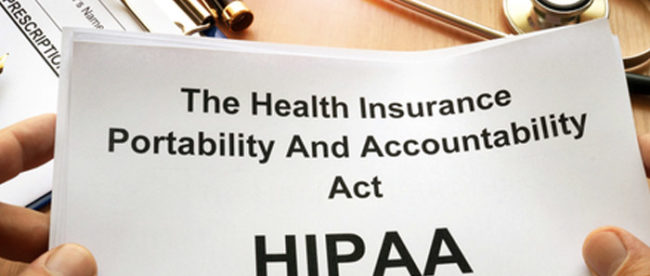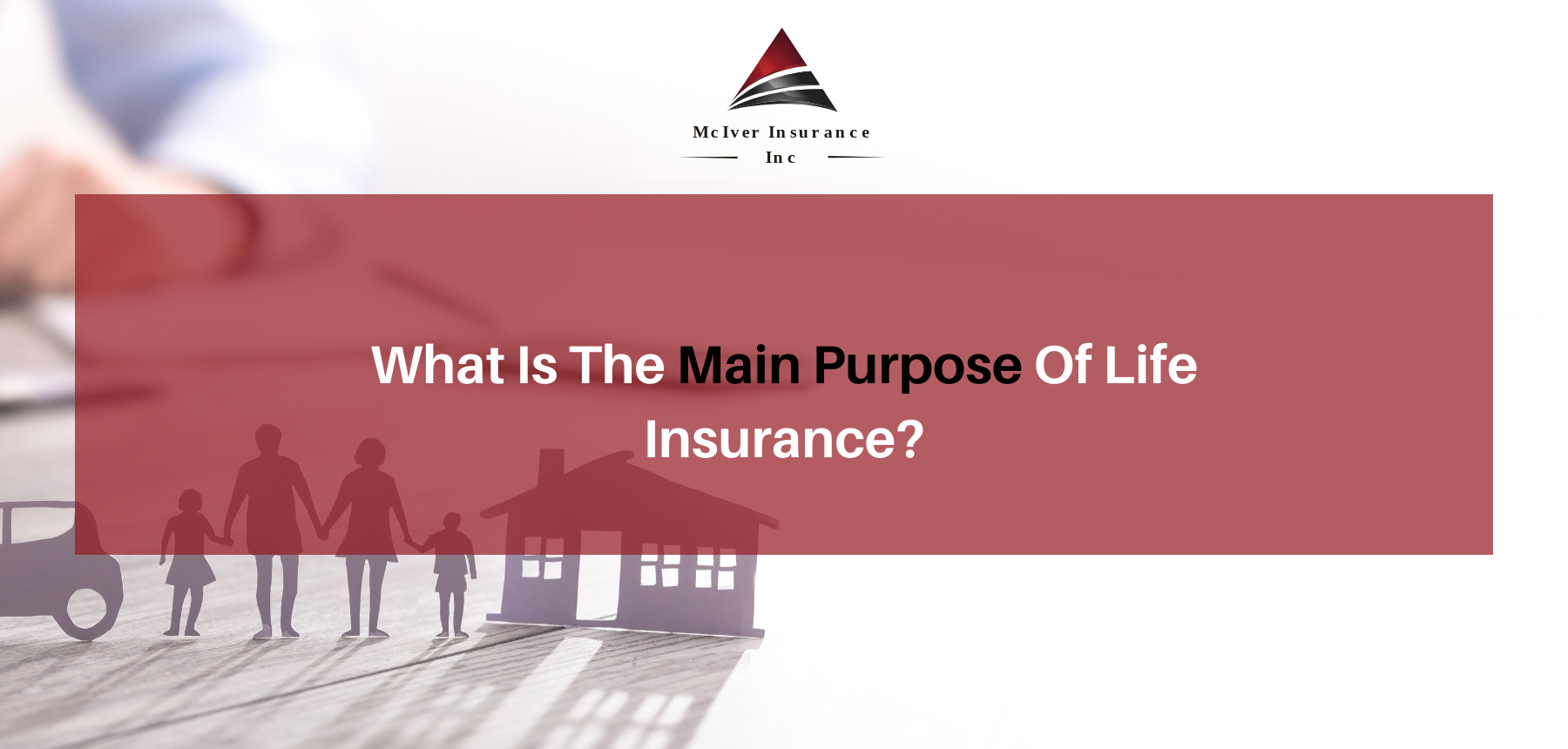The Best Guide To Pacific Prime
The Best Guide To Pacific Prime
Blog Article
Everything about Pacific Prime
Table of ContentsThe Ultimate Guide To Pacific PrimeWhat Does Pacific Prime Mean?All about Pacific PrimeRumored Buzz on Pacific PrimeMore About Pacific Prime

This is since the data were collected for a duration of strong financial efficiency. Of the estimated 42 million people who were without insurance, just about regarding 420,000 (about 1 percent) were under 65 years of age, the age at which most Americans end up being qualified for Medicare; 32 million were grownups between ages 18 and 65, about 19 percent of all grownups in this age group; and 10 million were youngsters under 18 years of age, about 13.9 percent of all children (Mills, 2000).
These price quotes of the number of individuals uninsured are produced from the yearly March Supplement to the Present Populace Study (CPS), conducted by the Census Bureau. Unless otherwise kept in mind, nationwide price quotes of individuals without health and wellness insurance policy and proportions of the population with different type of protection are based on the CPS, one of the most commonly utilized source of quotes of insurance policy protection and uninsurance rates.
The smart Trick of Pacific Prime That Nobody is Discussing

Still, the CPS is specifically helpful because it produces annual quotes fairly rapidly, reporting the previous year's insurance policy coverage approximates each September, and since it is the basis for a constant collection of price quotes for greater than twenty years, allowing for analysis of patterns in protection over time. For these reasons, along with the comprehensive use the CPS in various other researches of insurance policy coverage that are presented in this record, we rely upon CPS quotes, with limitations noted.

The price quote of the number of without insurance individuals increases when a population's insurance policy condition is tracked for a number of years. Over a three-year period beginning early in 1993, 72 million people, 29 percent of the united state population, were without protection for at least one month. Within a solitary year (1994 ), 53 million people experienced at the very least a month without coverage (Bennefield, 1998a)
Six out of every 10 uninsured grownups are themselves employed. Functioning does boost the probability that one and one's household participants will certainly have insurance policy, it is not a warranty. Even members of households with 2 permanent wage earners have practically a one-in-ten opportunity of being uninsured (9.1 percent without insurance price) (Hoffman and Pohl, 2000).
The Single Strategy To Use For Pacific Prime
New immigrants represent a considerable proportion of people without medical insurance. One evaluation has actually associated a considerable section of the current development in the size of the united state uninsured population to immigrants who showed up in the nation in between 1994 and 1998 (Camarota and Edwards, 2000). Recent immigrants (those that came to the USA within the past 4 years) do have a high rate of being uninsured (46 percent), but they and their kids represent just 6 percent of those without insurance coverage country wide (Holahan et al., 2001).
The connection between wellness insurance policy and access to care is well established, as documented later in this chapter. The connection between health and wellness insurance coverage and health results is neither direct nor simple, a considerable clinical and health and wellness services study literary works links health insurance coverage to enhanced accessibility to care, better high quality, and improved personal and population health status.
Levels of evaluation for analyzing the results of uninsurance. It concentrates specifically on those without any kind of health insurance coverage for any length of time.
About Pacific Prime
The troubles dealt with by the underinsured are in some respects comparable to those dealt with by the without insurance, although they are generally much less extreme. Health insurance policy, site link however, is neither required neither adequate to acquire access to clinical services. The independent and straight impact of health insurance policy coverage on accessibility to health and wellness services is well developed.
Others will get the health and wellness treatment they need even without medical insurance, by spending for it out of pocket or seeking it from companies who use care cost-free or at highly subsidized prices. For still others, health and wellness insurance policy alone does not guarantee invoice of care due to other nonfinancial obstacles, such as a lack of healthcare suppliers in their community, restricted accessibility to transportation, illiteracy, or etymological and cultural differences.
Pacific Prime for Dummies
Formal research study concerning without insurance populaces in the United States dates to the late 1920s and early 1930s when the Committee on the Expense of Healthcare generated a collection of reports about financing doctor workplace sees and hospital stays. This issue became salient as the numbers of medically indigent climbed during the Great Anxiety.
Report this page